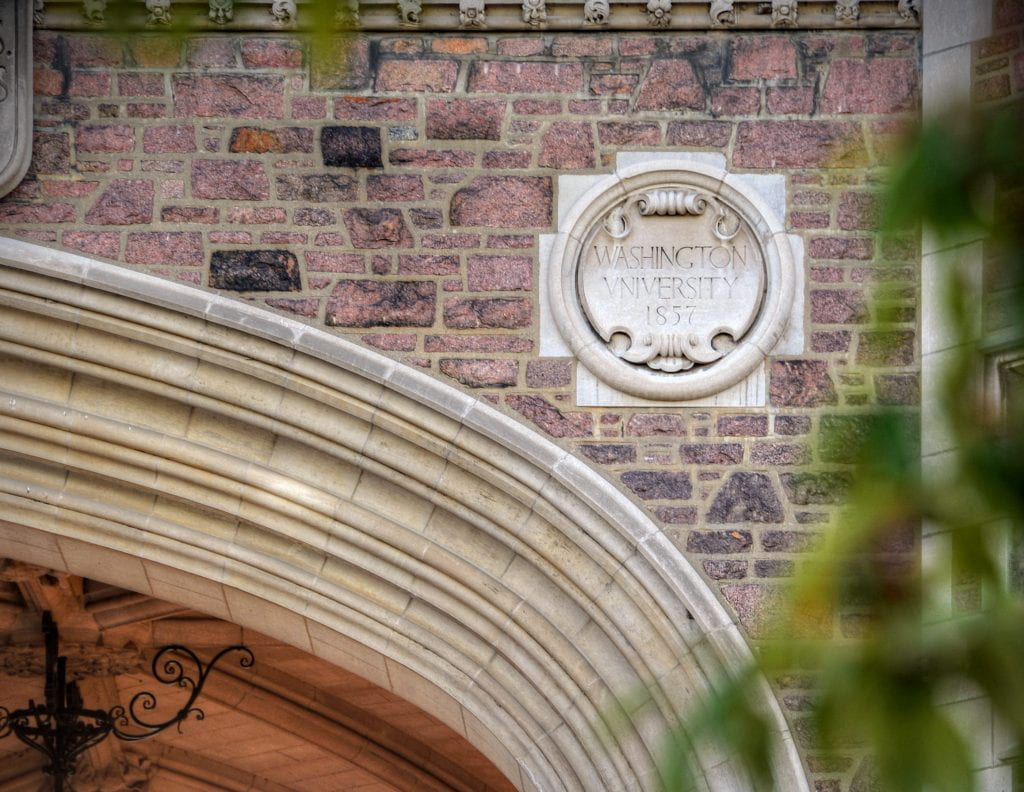It’s been quite the whirlwind this fall with the beginning of the academic year, the dedication of the east end of the Danforth Campus, the inauguration festivities, Parents and Family Weekend just around the corner — and everything that’s happened in between. I have been incredibly inspired by the collective work, leadership, dedication, and wisdom of our entire community. It’s people like you who make the university a place of distinction in education, research, and patient care. I’m extremely grateful for your commitment to our mission, and I look forward to working with you as we continue to build on our momentum.
As almost a month has passed since inauguration, I believe now is the time to share the next steps for our path forward together. Those next steps involve a bold and transformative strategic planning process that will take place over the course of the next two calendar years.
Strategic Planning Approach
When it comes to strategic planning, the university has previously used two different approaches to the process. The first is a decentralized model where each group and school unit writes their own strategic plan, and subsequently, those plans become integrated into one plan. This was the model implemented for WashU’s last strategic plan, which resulted in the Leading Together Campaign.
The other approach is similar to the one Chancellor Danforth used in 1981 to create The Commission on the Future of Washington University. With that model, Chancellor Danforth convened 10 task forces to determine primary areas of focus, which he used as a basis for the planning, subgoals, and initiatives that needed to be drafted and implemented under each of those primary areas.
I believe the latter is the best approach for our next strategic plan. To that end, increasing our academic distinction, educational access, and role and impact in St. Louis and for St. Louis — the three foundational pillars I spoke about in my inaugural address — will serve as the basis for all that we do. Together, we will identify key areas that require deep, thoughtful, and collaborative strategic planning. This is our immediate task.
Thereafter, we will form planning groups to detail the action steps that need to happen to move forward as well as identify how we will measure our progress. Your responses to the stakeholder surveys and focus groups last spring will also be instructive to this process. Over the rest of this academic year, we’ll work together to identify these key planning areas. Once they are established, each will have its own subset of goals, directives, and aspirational outcomes. This process will also run cohesively with each of our academic unit planning processes, some recently completed, others currently in progress. Our next provost will be tasked with chairing our overarching strategic planning committee and will work to integrate the work of the planning groups and academic units into our comprehensive plan for the future.
Strategic Planning Timeline
In full transparency, if you had asked me about the timeline over the summer, I probably would have told you — with unbridled enthusiasm — October 7… or surely by the end of October.
But, as I’ve had time to reflect and think about what you need and what the university needs, I’ve realized there is no rush. In thinking about how to best organize the mechanics of the strategic planning process, it also became clear that we need our provost in place before we begin our deep work and such a heavy lift. Therefore, I believe the following is our optimal timeline:
We should aim to finalize the key areas starting now through the spring of 2020. Once the new provost is settled in, we will launch the formal strategic planning process, likely sometime in the summer of 2020. This will involve convening working groups of faculty, staff, students, alumni, and supporters to draft the goals, directives, and outcomes for each of the key areas. By the summer of 2021, each group should have a solid foundational draft. After that, we’ll synthesize the plans in order to present the full deliverables to the Board of Trustees and the broader community in late 2021, with intentions to implement by early 2022.
In the weeks and months to come, I plan to share more about our process, and I welcome your suggestions on all aspects.
Final Reflections
This is truly an exciting time, but one that will also come with significant effort, work, and collaboration across our departments and disciplines. This will likely require us, both collectively and individually, to be nimble, to become a little more comfortable with change that is inherent to growth, and to step out of our comfort zones. As we move through this process together, let’s remember to approach everything we do with immense gratitude for the wonderful foundation we’ve already established. Things are really good, and they are good because of your efforts and the commitment of so many champions and supporters both locally and globally. As I said in my inaugural address, it’s going to take all of us to continue increasing our momentum and moving forward. By doing so, I’m confident we will come out of this process with an even stronger foothold and a clearer path ahead as we look to increase our academic distinction, educational access, and role and impact in St. Louis and for St. Louis.
Thank you, as always, for the many ways you help advance our mission. Our shared future looks incredibly bright because of the firm foundation we already have in place, and I look forward to rolling up our sleeves and continuing the collective work ahead — not just for the sake of Washington University, but for the sake of all.
